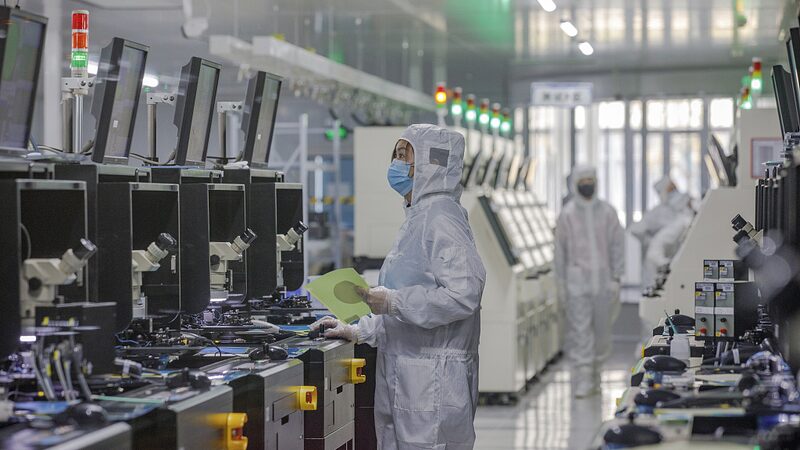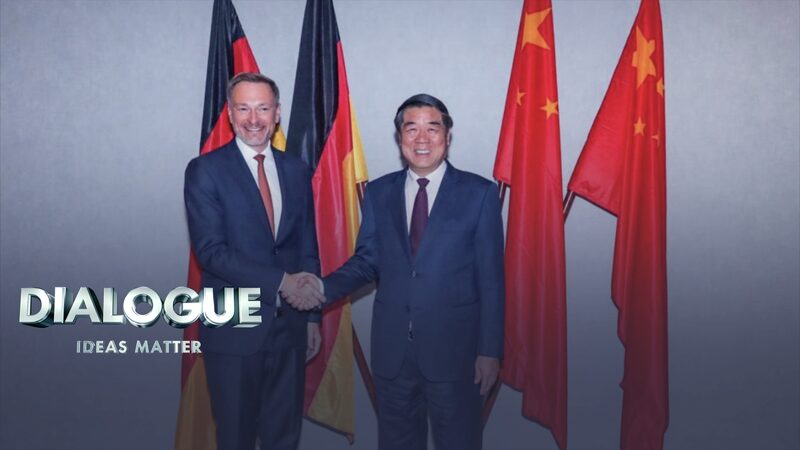As the U.S. intensifies efforts to revive domestic manufacturing through tariffs and policy shifts, experts are questioning whether the vision of a revived industrial powerhouse aligns with modern realities. Josef Gregory Mahoney, a professor of Politics and International Relations at East China Normal University, analyzes historical parallels and contemporary hurdles in a recent commentary.
The Post-War Miracles: A Flawed Comparison
Advocates of U.S. manufacturing renewal often cite Japan and Germany’s rapid post-war industrialization as models. Mahoney argues this comparison overlooks critical differences: both nations had intact industrial cultures, suppressed labor movements during Cold War geopolitics, and operated in a pre-globalization era where rebuilding factories faced less competition from automated or offshore production.
Labor Realities and Strategic Priorities
Rebuilding U.S. manufacturing requires confronting a workforce less inclined toward industrial labor than post-war generations. Mahoney notes that while strategic autonomy in critical technologies remains achievable, broad-spectrum resurgence faces challenges. \"Legacy industries and labor expectations complicate modernization,\" he states, emphasizing the need for aligned investments in infrastructure, education, and next-gen technologies like AI and green manufacturing.
A Path Forward: Selective Revival?
The article suggests success may hinge on prioritizing sectors vital to national security and innovation rather than chasing nostalgia for mid-20th-century manufacturing dominance. However, Mahoney cautions against \"ahistorical optimism,\" stressing that global supply chain interdependence and shifting labor values make a full return to past glories unlikely.
Reference(s):
How realistic is rebuilding U.S. as a manufacturing powerhouse?
cgtn.com








